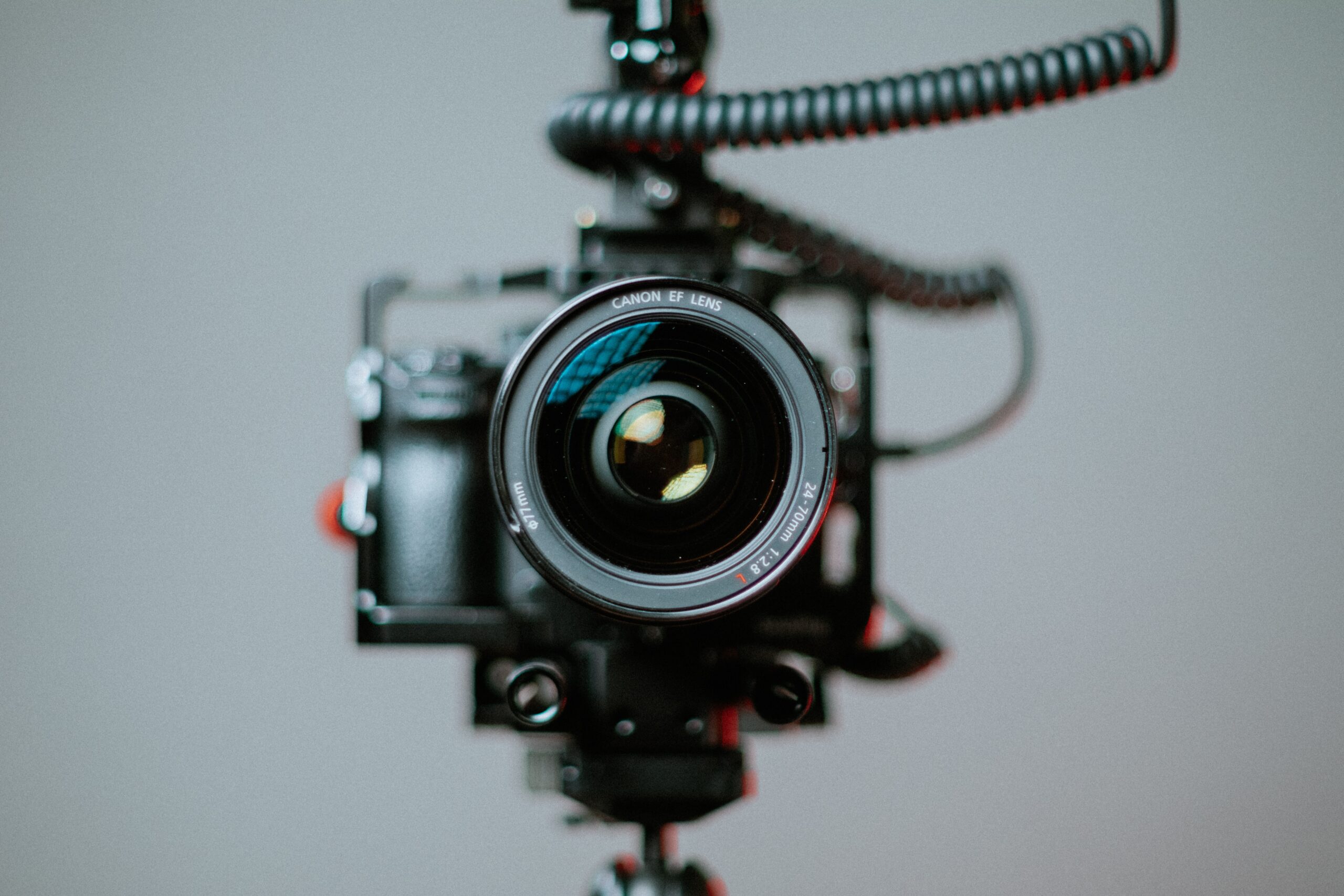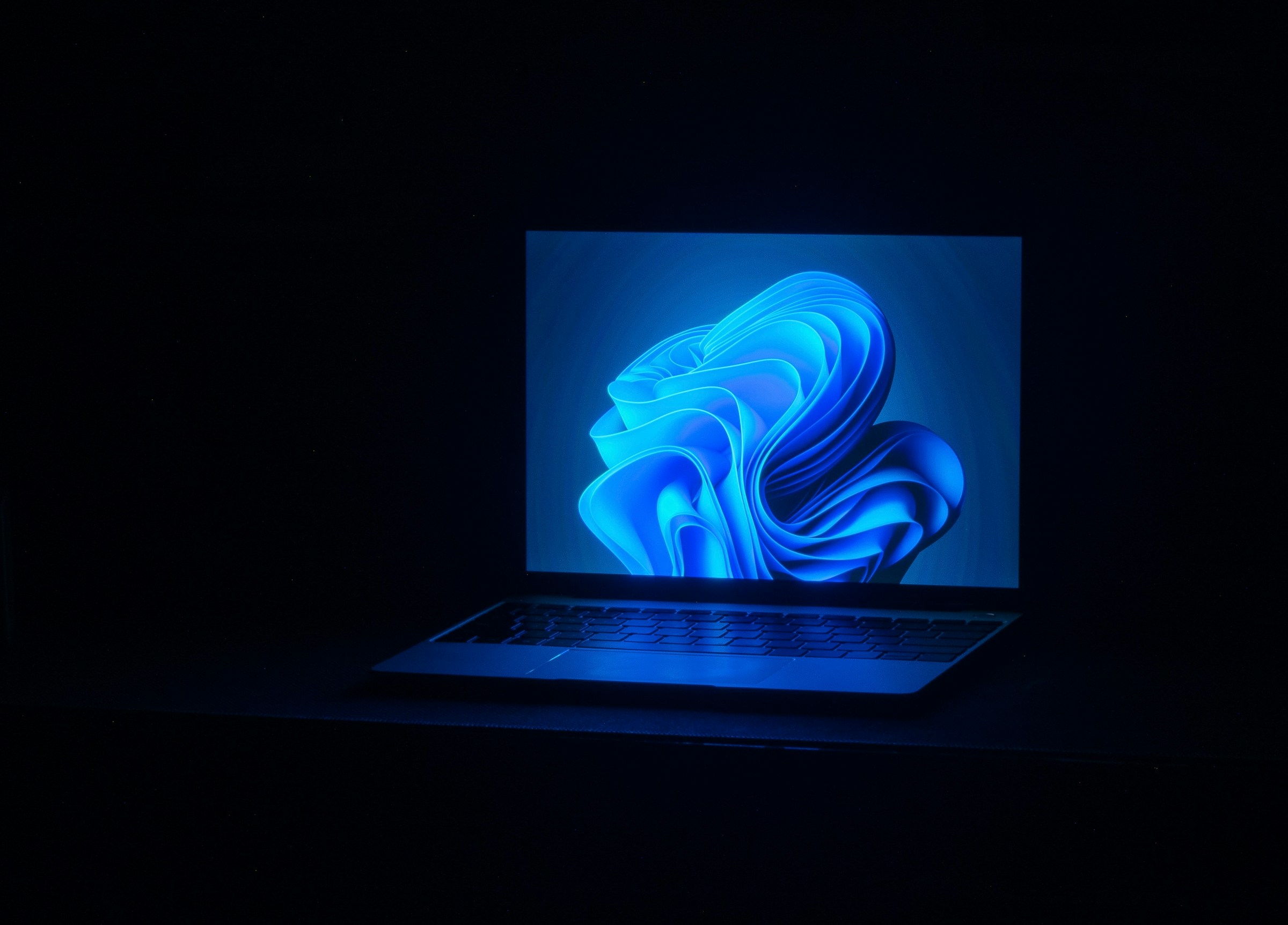Intel Is Working on Deepfake Detection Solutions

Deepfakes are a growing concern for cybsecurity experts. As artificial intelligence rapidly improves, so too does its ability to reproduce the voices and faces of real people saying and doing things they didn’t do. Intel wants to fight back.
As you can see in this promotional video, Intel Senior Staff Research Scientist Ilke Demir demonstrates the company’s work in fighting deepfakes, and giving those of us in the business world more tools to detect these false images when they present themselves.
One breakthrough the company had was in identifying true changes in people’s blood while on camera. As Demir explains, when your heart pumps blood, your veins actually change color, an act called photoplethysmography (PPG). Intel mapped PPG changes into a color map, which they then compare against videos suspected of being deepfakes. If the subject in a video doesn’t have a PPG map you’d expect to see with a real person, it suggests the video was faked with AI technology.
Another development in this detection software comes from “eye-gaze based detection,” which analyzes the eyes of a subject in a video to detect with 96% accuracy whether or not they’re real.
You can read more about Intel’s work here.
Photo by Matteo Bernardis on Unsplash
Share This



